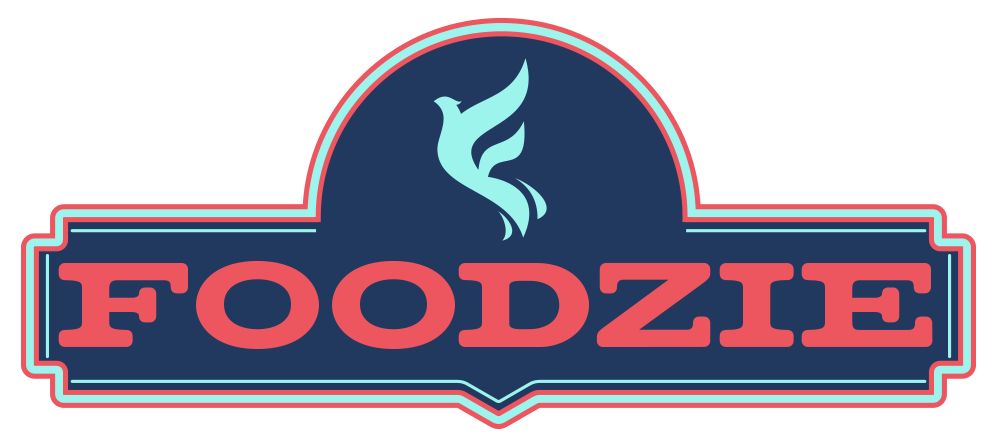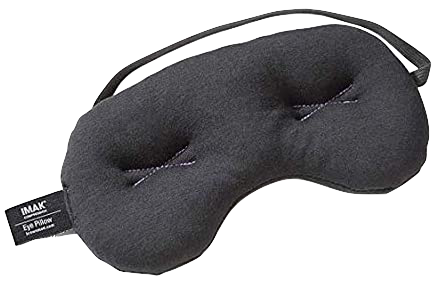(Updated 2022)
Migraines are still a bit of a mystery to the medical community. There are some good theories about what happens when a person suffers a migraine, and what foods or other factors might trigger a migraine, but causes and symptoms vary so much that it’s hard to make concrete statements.
What is not a mystery is that migraines are awful. Throbbing, debilitating headache pain is commonly accompanied by sensitivity to light and/or sound, nausea, vomiting, and more.

There are a variety of factors that can cause a migraine, but one of the biggest categories of migraine triggers is food. If you suffer from frequent migraines, it’s worth considering whether the food you’re eating is causing or contributing to migraines. If so, simple, small changes to your diet can prevent and weaken migraine attacks.
In this article, we’ll talk about the 12 most common foods that trigger migraines. So, let’s start!
Migraines and Diet
Since we don’t really know what happens when a person has a migraine, it’s difficult to pinpoint specific, universal triggers. Many sufferers report that migraines strike in conjunction with certain foods, however, and as patients have continued to report, a list of common foods that trigger migraine has emerged.
It is worth noting that most food triggers for migraines—on any list—are those commonly reported. There’s really no way to clinically test migraine triggers since, again, symptoms, strikes, and causes vary from person to person.
Therefore, a good first step to diagnosing which foods may be triggering your migraine is an at-home food sensitivity kit. These kits are delivered to your door and make it very easy to mail in a sample that will test your system against about one hundred common food triggers.

Foods that Trigger Migraines
Remember that these are foods that are commonly reported to cause migraines in sufferers. The best way to diagnose what might be triggering your migraines is to use an at-home testing kit and then keep a food journal. Start with the foods listed in the results of your sensitivity test (one at a time), or with something from this list that seems to correlate with your attacks.
1. Alcohol
In people who suffer migraines, alcohol is considered a trigger for about one third. Alcohol is a commonly reported trigger, because there are a variety of ways that it can induce a migraine.
- Alcohol consumption increases inflammation throughout the body.
- Ethanol, the main ingredient in alcohol, poses a two-fold threat. First, it is converted, in the body, to a chemical that commonly triggers migraines. Second, it’s a diuretic, which increases the risk of dehydration, which triggers migraines.
2. Food Preservatives: MSG
MSG (monosodium glutamate) is a naturally occurring acid that is added to some foods as a preservative. It’s generally considered safe to eat, but has been related to severe migraine symptoms in up to 15% of people who suffer migraines.
MSG is commonly found in foods like soy sauce, Chinese take-out, chips and packaged snacks, seasoning packets and bouillon cubes, etc.

3. Cured Meats: (nitrates)
Nitrates and nitrites may cause blood vessels in the head to dilate, increasing blood pressure and triggering migraines. One study identified nitrate-containing foods and medications as a migraine trigger. Another cited more nitrates in migraine sufferers.
Nitrates are commonly found in cured meats such as bacon, salami, hot dogs, sausage, etc.
4. Caffeine
Specifically, caffeine withdrawal is a very common migraine trigger. This is a tricky one, because a small dose of caffeine can actually help ease a migraine. But if you’re regularly drinking three or more cups of coffee every morning—or a couple of sodas every afternoon—and you miss a “dose” for some reason, the withdrawal can trigger a migraine.
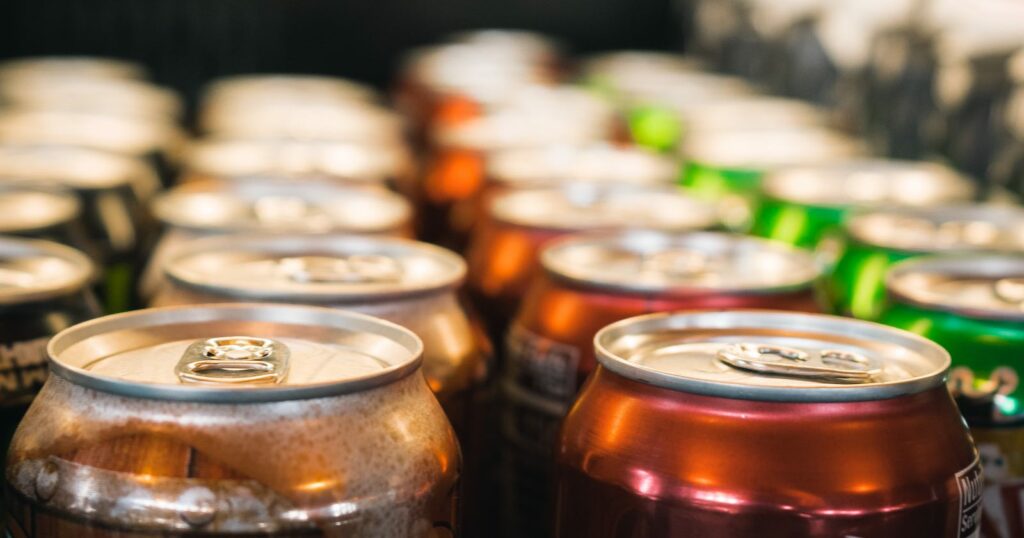
5. Chocolate
Chocolate is the second most commonly reported migraine trigger, behind alcohol. Like alcohol, chocolate is a recipe for migraine attacks.
First, chocolate comes with nitrates, which have already been linked to migraines. Chocolate also contains caffeine, which is a complicated factor for people who suffer from migraines.
6. Artificial Sweeteners: Aspartame and Sucralose
Artificial sweeteners, including sucralose and aspartame, are used as sugar substitutes. They are frequently found in processed foods, which contain preservatives, compounding potential migraine triggers.
As isolated factors, both sucralose and aspartame have been identified as migraine triggers by a handful of small studies. Still, both the American Migraine Foundation and the Mayo Clinic list artificial sweeteners, especially aspartame, as potential migraine causes.

7. Aged cheese (tyramine)
Aged cheese—like parmesan, feta, or bleu cheese—contains a natural substance called tyramine. Tyramine forms in foods when specific proteins are broken down, but it has been repeatedly linked to migraine attacks.
Your body produces an enzyme called monoamine oxidase (MAO) that breaks down tyramine. But people who are susceptible to migraine attacks, and who have lower levels of MAO, often report migraines after eating tyramine.
In addition to aged cheese, tyramine is found in other protein-rich, aged foods, such as cured meats (a double whammy for cured meats) and some types of beer. Other foods high in tyramine include onions, fava beans, some leftovers, and overripe fruit.
8. Tomatoes
Tomatoes and tomato products—such as marinara or pizza—have been linked to migraine attacks. Tomatoes are rich in tyramine and nitrites, which are common migraine triggers.
But tomatoes are also high in histamine, an organic compound that serves as a neurotransmitter and gut regulator. Migraines are a common symptom in individuals with histamine intolerance, but dietary histamine has also been proven to be a migraine trigger in individuals with no intolerance.
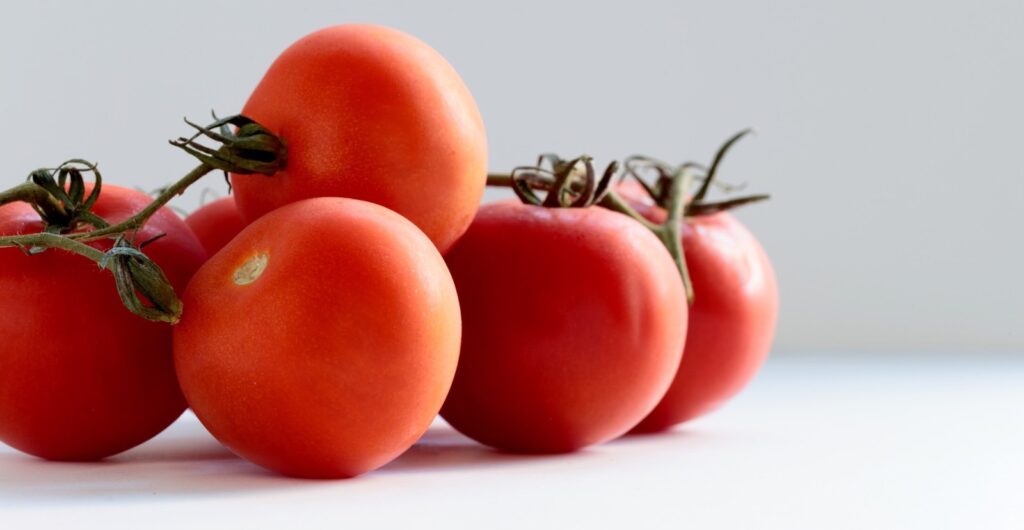
9. Eggs
Eggs have routinely been identified as a top food that triggers migraine.
They contain high concentrations of glutamic acid, a naturally occurring acid that becomes glutamate in the body. It’s very important for brain function, unless you’re getting too much—then it triggers migraines.
Eggs also contain aspartic acid. These amino acids are detected in elevated levels in people suffering a migraine attack, and may be another reason why eggs frequently trigger migraines.
To avoid migraine attacks, check out these top 9 savory breakfast ideas without eggs (click on the link)!
10. Nuts and Nut Butter
Nuts and nut butters—like peanut butter or almond butter—are a great source for vegan protein and a host of other minerals. But they’re also a very common migraine trigger.
Researchers couldn’t pinpoint why nuts were an issue for migraineurs for a while, but in recent years the truth has come out: tyramine. Just like aged cheese and onions, nuts are a plentiful source of this common migraine trigger.

11. Pickled, Fermented Foods
Because pickling and fermenting foods require time, proteins break down and tyramine is produced. That’s why these food types are frequently identified as migraine triggers. This includes:
- Pickled fruits and vegetables
- Kimchi
- Kombucha
Additionally, fermented foods have higher concentrations of histamines, which we know have been proven to trigger migraines in many people.
12. Yeast, Wheat Products
Migraines are not one of the most common symptoms of celiac disease, but migraineurs with a gluten intolerance may identify wheat products as a trigger.
Additionally, yeast products might aggravate the gut-brain connection in some people. Candida is a naturally occuring yeast that lives in the gut, but feeding it too much yeast can contribute to excessive growth and infection. A primary symptom of candidiasis is migraine attacks.
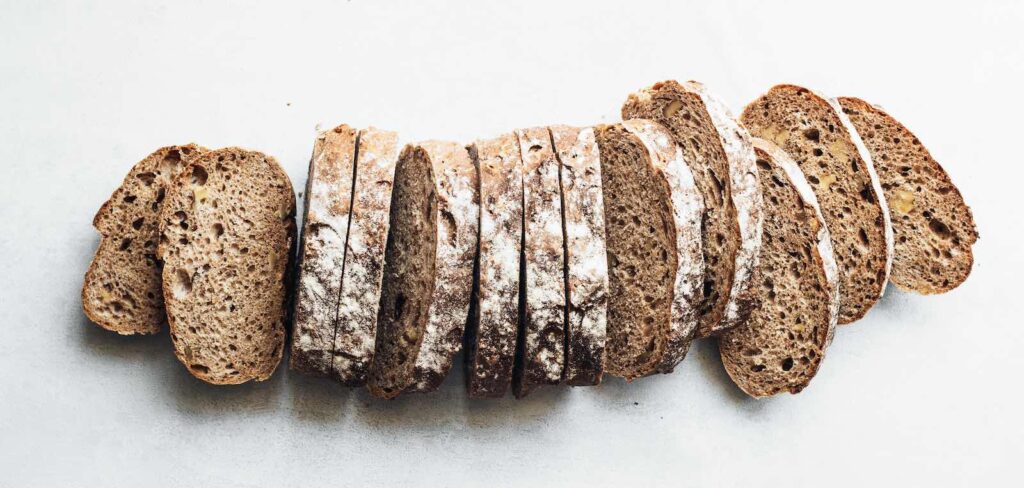
Does Whey Protein Cause Migraine Headaches?
Many people report migraine attacks in conjunction with whey protein powder, but there’s little research or reporting on whey as a migraine trigger. So what is going on?
Whey is the liquid byproduct of cheese-making. Whey protein powder is a blend of proteins that have been isolated from that byproduct.
So, first, anyone with a lactose intolerance may suffer migraine attacks after consuming whey protein.
But whey protein may cause migraines for other reasons:
- Many shelf-stable protein powders—whey or not—are made with preservatives, like MSG, which also cause migraines in many people. In fact, since MSG does not appear on nutrition labels, many medical professionals warn patients that “whey protein” on a nutrition label is synonymous with MSG.
- Processed whey powder may also be high in natural glutamate—similar to eggs and just as dangerous for migraineurs.
A good alternative to whey protein powder is a protein supplement that’s natural, organic, and free of additives and common migraine triggers. Your Super’s Skinny Protein mix, one of the best vegan protein powders, for example is:
- Organic
- Non-GMO
- Gluten free
- Dairy free
- Soy free
- Additive free
If you use protein powder to support a vegan diet, or to support a workout regimine, and you find that migraine attacks are common, try a more natural option.

Image courtesy of Your Super
How to Identify Your Migraine Food Trigger
Any list of foods that might trigger a migraine is long and inconclusive. Because researchers don’t know exactly what happens when someone suffers a migraine attack, we don’t really know how to pinpoint the causes.
Additionally, everyone’s body reacts differently to different foods. Intolerances and allergies vary, as do the symptoms of those conditions.
The only way to determine which foods are triggering your migraines is to keep a detailed food journal. An at-home food intolerance test can help narrow the playing field, as mentioned above, but after that it’s up to you and your note-taking skills.
Try eliminating one food at a time and keep notes about how you feel. Every day, write down what you ate and whether or not you suffered a migraine attack.
If eliminating a food item for a week or two seems to eliminate or diminish migraines, you’ve probably discovered your trigger. If the migraines keep happening, try eliminating something else until you discover the cause.
Other Migraine Triggers
As you start keeping a food journal, be mindful that there are other migraine triggers to consider. In addition to food items, pay attention to eating and drinking habits, medications, and environmental changes.
Some common, non-food migraine triggers include:
- Dehydration — One of the first signs that you’re not drinking enough water is a pounding headache that might progress into a migraine in some people.
- Skipping meals — We all get busy, but skipping, or even delaying, a meal can cause blood-sugar levels to drop, which might trigger your migraine attack.
- Lack of sleep — Sleep deprivation has been proven to influence changes in important proteins that control chronic pain.
- Medication — Changing medication or overusing pain medication can both trigger migraine headaches. If your doctor prescribed a new medication that’s causing severe headaches, talk to him or her immediately.
- Stormy weather — Researchers aren’t yet sure why (although there are theories), but the barometric pressure changes associated with stormy weather are frequently reported as migraine triggers.
- Menstrual cycle — Hormonal changes associated with a woman’s regular menstrual cycle affect everyone differently, and some women suffer migraine attacks immediately before or during menstruation.
- Stress — Stress and other heightened emotions cause chemical changes in the brain that can trigger a migraine. Additionally, the reduction in some of those chemicals, after the stress has worn off, may be even more likely to trigger a “let down” migraine the next day.

Migraine Diet: Foods that Prevent and Ease Migraine Attacks
Once you’ve identified which foods are triggering your migraine attacks, and omit them from your diet, you will likely experience fewer and weaker migraine attacks.
If you’re ready to completely restructure your diet for better health, in addition to migraine control, you can safely eliminate most of the foods listed above altogether. Some physicians recommend a plant-based diet for migraine control.
Of course, if you have special dietary needs or are on medication for other conditions, talk to your doctor first. You may also need to consider a plant-based protein supplement if you switch to a vegan diet.
The Physicians’ Committee for Responsible Medicine lists the following as “pain safe” foods for migraine sufferers:
- Rice
- Cooked Green Vegetables
- Cooked Orange Vegetables
- Cooked Yellow Vegetables
- Cooked or Dried Non-Citrus Fruits
During a migraine attack, caffeine can help ease symptoms. The American Migraine Foundation recommends that migraineurs restrict caffeine intake to one or two beverages per day, in general, but a small amount of caffeine can help subdue an attack.
Other Migraine Treatments
Even the best migraine prevention diet and lifestyle isn’t completely effective. An attack may still happen and a cup of coffee or chocolate bar may not always help. In those cases, there are a few options for medications.
- OTC pain relievers — Over-the-counter headache medicines, containing aspirin or ibuprofen, are the best place to start. If you’re on other medications or have other health issues, be sure to talk to your local pharmacist before taking any new pain reliever.
- Anti-nausea medications — If your migraines cause nausea, an OTC anti-nausea medication can help relieve that symptom, and let you focus on other strategies. Talk to your doctor or pharmacist before combining anti-nausea medication with other pain relievers.
- Prescription pain relievers (triptans) — Tripans are a category of drugs created to abort acute migraines. If OTC medications, diet and lifestyle changes, and small doses of caffeine aren’t enough, talk to your doctor about the possibility of prescription medications.
- Nasal sprays — Triptan is available as a nasal spray, as well as a couple other migraine medications. These also require a prescription, so ask your doctor about these possibilities if you think they might be a better option for you.
In addition to medication, there are a few products on the market that can help relieve symptoms during an attack, including acupressure clips, caps, and masks.
This Compression Pain Relief Mask blocks light and gently massages around the eyes. It can be stored in the freezer for cool relief.
Start by Isolating the Foods that Trigger Your Migraines
Migraine attacks are difficult to combat, because they are not yet fully understood by the medical community. Most foods that trigger migraine are simply those options that have been repeatedly reported as triggers—so they’re a good place to start but not necessarily a comprehensive list.
Since the migraine is one of the common food sensitivity symptoms, the best place to start is an at-home food sensitivity test. These tests will help you narrow a very wide field of potential triggers to the ones that actually are causing adverse reactions in your body.
The whole process of testing and experimenting to find your food triggers might take a little while, but it’s worth it. And the sooner you start, the sooner you’ll be able to reclaim your life from those blinding, debilitating attacks.
ABOUT THE AUTHOR:

Alexis Wisniewski is a writer and researcher with a deep love for good food and holistic nutrition. She enjoys exploring cultures and sub-cultures through their food traditions, and—when home in Chicagoland with her husband and two boys—is committed to organic, local ingredients. She has a passionate love/hate relationship with fasting.
